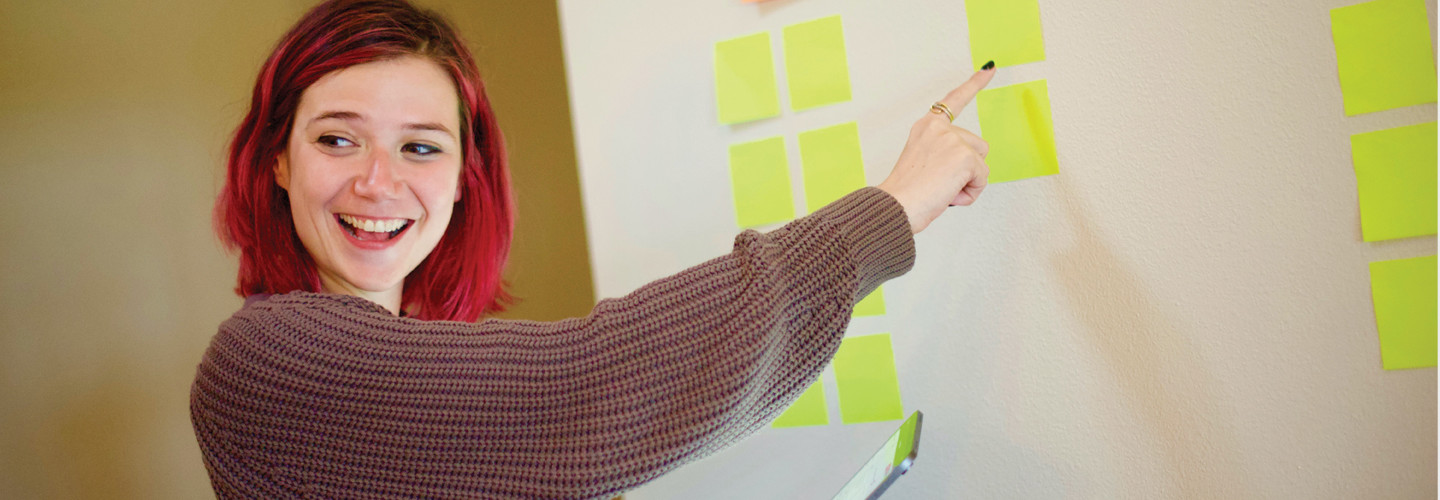Self-Care Means Automating Your Digital Boundaries
Digital devices make it all too easy for us to be attached 24/7 to our work emails, calendars and text messages. Setting digital boundaries are an expression of self-care.
According to a 2021 survey of remote workers by email app maker Superhuman, more than 3 in 5 remote workers say they’re more likely to reply immediately to an email from their boss or team (63 percent) than to a text or DM from friends or family (37 percent).
Your choices define what others believe is or isn’t OK. When you respond to an email at 9 p.m., you’re letting that person know that you’re available. And while that may be true occasionally, it can quickly become a pattern or expectation.
DISCOVER: One teacher shares how upgraded technology helped her work more efficiently.
Practice self-care by setting a daily autoreply on your emails from when you leave for the day until you return to work. You can set the same boundaries on work-related text messages. What message is so important, professionally, that it can’t be returned while you are on the clock? Turn off your phone notifications, or at least set them to alert you within hours that you prefer to be available.
Self-Care Means Being Intentional About Your Social Media Use
Theodore Roosevelt said, “Comparison is the thief of joy.” Comparison literally steals us away from being satisfied with our own life and instead provides us with a yardstick of the thing we see as more desirable.
Social media is that thief! It provides us with a daily highlight reel of people who we don’t know (or who we do know and don’t like) for us to measure ourselves against.
If you find yourself scrolling aimlessly, you may need to take a social media sabbatical. What will you really miss out on if you remove the social media apps from your device?
While there is a lot of inspiration to be found on various social platforms, social media can be a factor in your mental health. You might see improvement after you take a break and evaluate what you need to see versus what you measure yourself against. Unfollow accounts that make you feel as if you can’t keep up, or that pressure you to do more, accomplish more or — worse — be more.
Self-Care Means Being Accountable for Your Own Joy
On several occasions, I’ve had the opportunity to see in-person presentations featuring therapist Kelly Jameson. One of my favorite takeaways from her presentations is the practice of making and regularly reviewing a “joy list.” Jameson would ask those of us in the audience to write down all the things that brought us joy.
You can do the same thing. Ask yourself, what makes you feel complete? What makes you smile? Jameson recommends that you create your joy list when you’re feeling up, because when you’re feeling down, it’s harder to think of all the things that bring you joy.
Your joy list can highlight myriad things, including feeling productive, taking a walk in the sun, snuggling with a puppy or reading for pleasure. The key is to make those “joys” realistic and accessible. Know where your joy list lives. I keep mine in Google Keep so that it is available to me everywhere.











